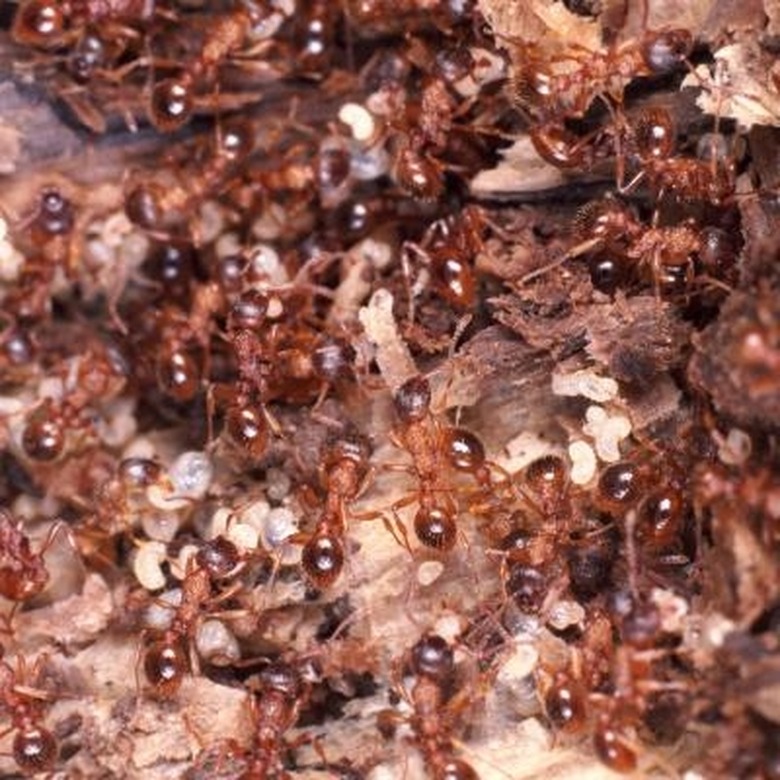What Do Queen Ants Look Like?
The queen ant is one of, if not the most, important ant in a colony. Without the queen, the colony will die out, as the queen ant is the one who is responsible for laying the eggs. They can be very long-lived. A carpenter ant queen, for example, can live to be 25 years old. People who keep ant colonies need to be able to identify the queen, so that they can be sure that their ant colony will prosper. Conversely, people who want to get rid of an ant colony need to be able to identify the queen in order to eliminate her.
Queen Ant Size
Queen Ant Size
Many people think that queen ants are always the largest ants in the colony, and in some cases, this is correct. For example, Leaf Cutter queen ants tower above the worker ants in their colonies. However, there are some exceptions. Mystrium Mysticum ants, found in Madagascar, have queens that are actually smaller, and a different color, than the worker ants. For that reason, size cannot be the only determining factor when identifying a queen ant.
The Queen's Features
The Queen's Features
The features of a queen ant are almost exactly the same as the other ants of her species. For example, queen ants all have exoskeletons, and a body divided into three sections: the head, thorax and abdomen, as well as jointed antennae. Unlike the other ants, however, young queens are born with wings, used only for her one nuptial flight. Looking for an ant with wings, however, is not a good way to identify a queen ant, since many species of ants have winged worker bees as well.
How You Can Identify the Queen
How You Can Identify the Queen
The easiest way to identify a queen ant is to look for an ant with a larger thorax, or middle section, than the rest of the ants. The queen ant will have a muscular, more complicated thorax, in part because the queen ant is born with wings, which she uses to leave the colony to mate. This means that her thorax is quite muscular, remaining so even after the queen drops her wings. Some queen ants may even still have visible wing attachment points.
Expert Insight
Expert Insight
According to biologist Alex Wild, identifying queen ants by looking at the thoracic region only works in most cases. There are some species, such as Dinoponera, who don't even have a queen caste. Other, rare ant species do not have queens with wings, so they do not develop large thoraxes. In such cases, dissection of the colony itself, or the ant herself, is the only way to identify a queen ant.
Misconceptions About the Queen Ant
Misconceptions About the Queen Ant
Although the ant queen is indeed called by the title of queen, she does not "rule" over the rest of the colony. In fact, her sole purpose is for reproduction. She is kept deep in the tunnels of the colony, with the one purpose of laying eggs. She does, however, have one advantage: The ant queen usually lives twice as long as her worker counterparts. If you are keeping an ant colony in a transparent ant home, you can see what the queen looks like by simply looking for the ant that is laying the eggs.
Cite This Article
MLA
Sanders, April. "What Do Queen Ants Look Like?" sciencing.com, https://www.sciencing.com/do-queen-ants-look-like-4614829/. 22 November 2019.
APA
Sanders, April. (2019, November 22). What Do Queen Ants Look Like?. sciencing.com. Retrieved from https://www.sciencing.com/do-queen-ants-look-like-4614829/
Chicago
Sanders, April. What Do Queen Ants Look Like? last modified March 24, 2022. https://www.sciencing.com/do-queen-ants-look-like-4614829/
